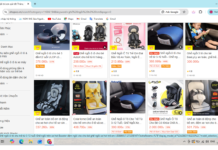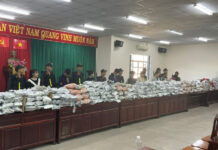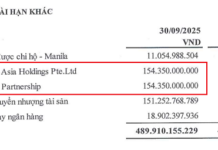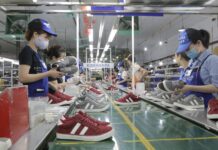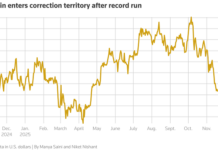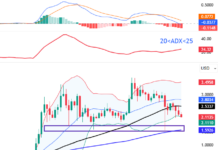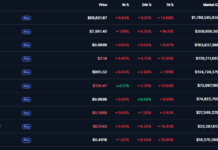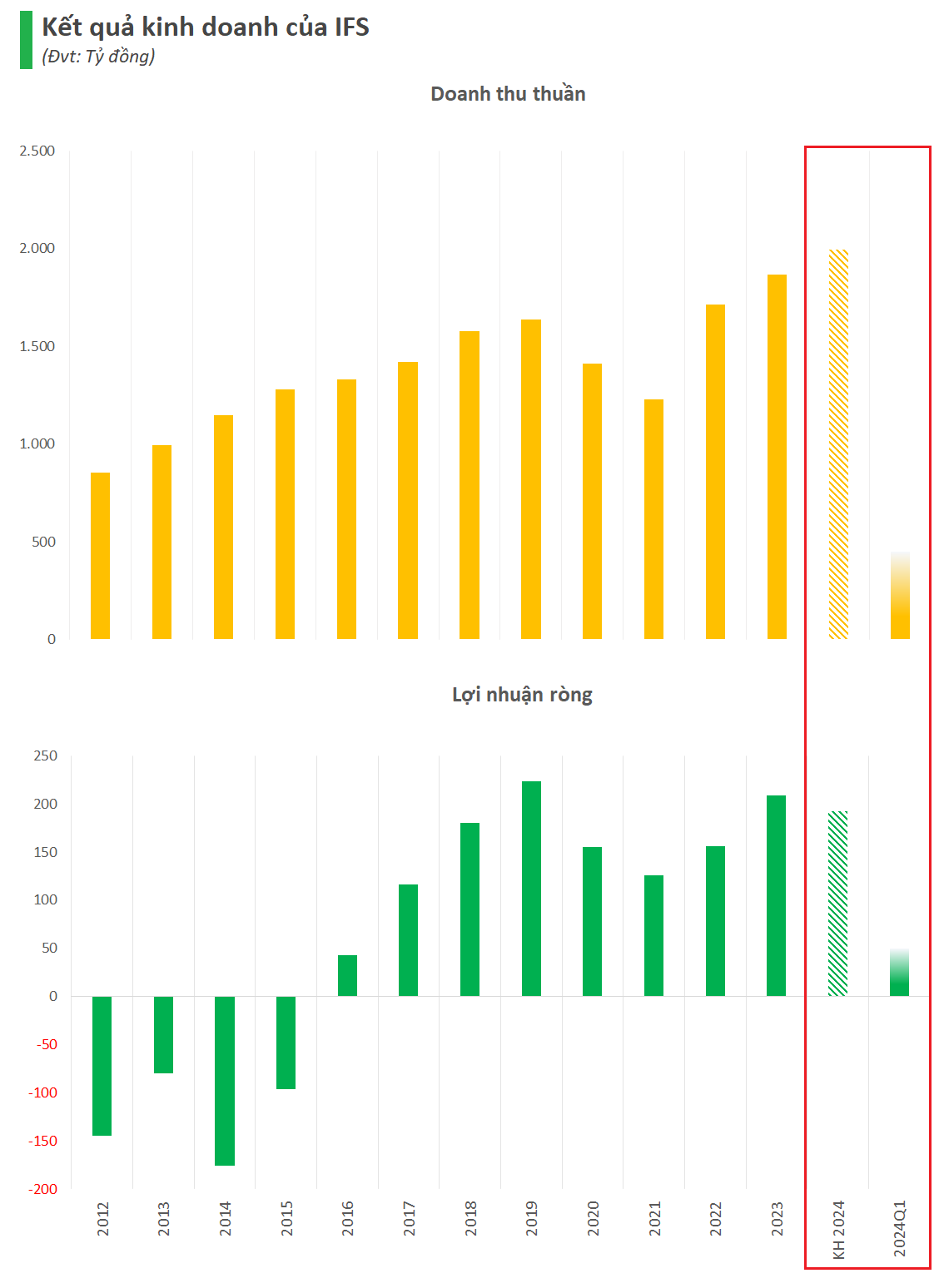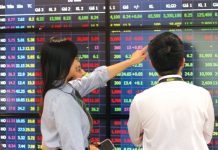Vietnam’s Richest Man Stays Committed to Vinfast
Pham Nhat Vuong, Vietnam’s wealthiest entrepreneur, steadfastly insists on unwavering support for Vinfast, the automotive manufacturing enterprise he established five years ago.
During Vingroup’s annual shareholder meeting held on April 25, Chairman Vuong declared that Vinfast is not merely a business but a matter of national importance.
“Similar to the historic Dien Bien Phu campaign 70 years ago, where we rallied under the motto ‘all for the front line, all for victory,’ Vinfast holds the same significance. We remain resolute in our commitment to Vinfast.”
The Dien Bien Phu campaign, a pivotal moment in Vietnamese history, marked the triumph of the communist army over French colonial forces. The nation commemorates the 70th anniversary of this victory on May 7th.
Betting the Company
In a defiant stance, the 56-year-old billionaire has risked a significant portion of his $7.1 billion business empire on Vinfast’s success despite mounting losses.
In 2023, the electric car manufacturer incurred a net loss of VND 18.3 trillion ($718 million). Vingroup, its parent company, injected VND 12.7 trillion ($498 million) last year to sustain its operations, following previous asset contributions worth approximately $1.5 billion.
Mr. Vuong has reinforced his commitment by assuming direct control of Vinfast’s operations. Earlier this year, he was appointed Chief Executive Officer, succeeding Le Thi Thu Thuy, who became Chairwoman. The company maintains that this boardroom restructuring will accelerate global expansion plans.
Ambitious Overseas Expansion
Vinfast’s investment expansion is remarkable, considering that the Vietnamese firm commenced car production only in 2019.
Operating from its state-of-the-art facility in Haiphong, the company possesses the capacity to manufacture approximately 950,000 vehicles annually, encompassing both electric and internal combustion models. The latter are being phased out as Vinfast transitions towards the exclusive production of electric vehicles.
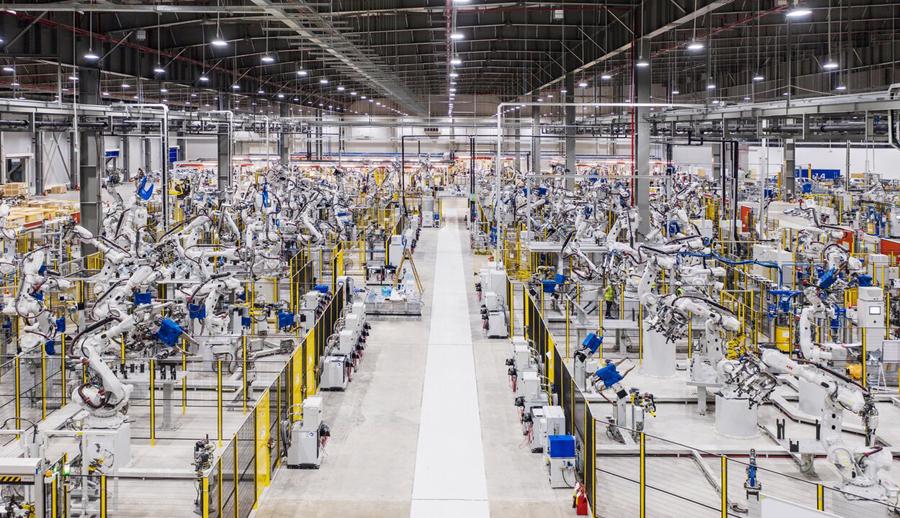
Incurring significant challenges in penetrating overseas markets, Vinfast has recorded only 6,000 electric deliveries abroad last year out of a total of 35,000, primarily in the United States.
Undeterred, the company proceeds with plans to establish three additional factories in the United States, India, and Indonesia, totaling billions of dollars in investment, complementing its existing facilities.
The construction of the U.S. plant alone is estimated to require approximately $2 billion, but Mr. Vuong highlights the allure of substantial incentives exceeding $2 billion without elaborating further.
Meeting Vinfast’s own projections for global sales of hundreds of thousands of electric vehicles in the coming years will be arduous. However, the company’s aspirations are lofty: to establish Vietnam’s first-ever “national champion,” capable of competing with foreign automakers both domestically and internationally.
Gaining a Local Advantage
Vinfast’s strategy includes gaining an edge over competitors in Vietnam’s rapidly expanding market. Mr. Vuong boasts that Vinfast’s localization rate for domestic production has already reached 60% under government regulations, with over half of its components now sourced locally.
This aligns with the government’s objectives of developing the domestic industry. “If the entire society joins hands to build Vinfast, we, as members of the corporation, cannot deny our responsibility,” he stated.
Cash Constraints
Vinfast’s cash constraints remain a pressing concern. Vingroup, a real estate and resort conglomerate that is Vietnam’s largest private firm, reported escalating losses of $1.3 billion in its manufacturing division last year as it ventured into car production.
Despite Mr. Vuong’s insistence that the company has consistently fulfilled its debt obligations, its balance sheet is undoubtedly stretched.
Vinfast achieved a revenue of approximately $1.12 billion last year, representing significant growth of 91% compared to 2022, driven by increased vehicle deliveries.
While revenue growth has contributed to a reduction in losses from core business activities, dropping to approximately $1.58 billion in 2023 from $1.66 billion a year earlier, the company continues to grapple with considerable financial expenses.
Consequently, in 2023, Vinfast incurred an additional net loss of approximately $2.24 billion, bringing its accumulated losses to approximately $7.23 billion.
To address this, the billionaire has taken the unconventional step of pledging to inject an additional $1 billion into Vinfast from his personal holdings, following a previous outlay of $1 billion.
With construction underway on Vinfast’s overseas factories and its first American showrooms open in California, Mr. Vuong appears determined to propel Vietnam’s automotive industry into the electric vehicle revolution, despite the challenges that lie ahead.
A Risky Road Ahead
The odds appear stacked against Vinfast’s success. Established automakers such as Tesla, Volkswagen, and BYD possess a significant head start and superior financial resources. Competition from Chinese brands like GAC Aion and Chery is also intensifying as these companies expand their global presence.
Battery supplies pose another potential constraint as demand surges. Mr. Vuong has invested millions of dollars in lithium battery plants in Vietnam and abroad through Vingroup’s subsidiary VinES. However, this may not suffice if production scales up as rapidly as targeted.
Financial risks are also associated with the substantial upfront costs required for Vinfast’s multiple overseas factories, despite the availability of subsidies and incentives. Demand in recipient countries remains uncertain, particularly with a potential U.S. electric vehicle tax credit favoring locally-produced models over imports.
Vinfast’s automotive venture arguably constitutes Mr. Vuong’s most ambitious industry disruption effort to date. Whether the company can successfully navigate the obstacles and headwinds that lie ahead remains to be seen. For a pioneering first-time automaker with influential backers but limited resources, the path forward may necessitate some strategic adjustments.

